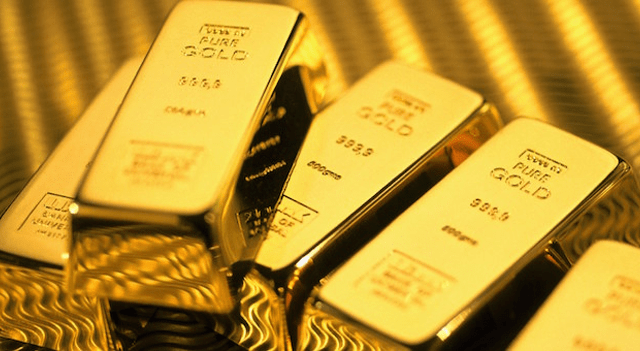Gold prices climbed past $4,000 per ounce this week, reaching inflation-adjusted levels not seen since 1980, as a surge in central bank demand drives the latest rally in the precious metal.
According to strategists at Deutsche Bank, official sector purchases are currently running at twice the pace of the 2011–2021 average, with China at the forefront of global gold buying. This robust institutional demand has pushed prices to new nominal records, with further upside projected in the months ahead.
The share of gold in global central bank reserves has climbed to 24% in Q2 2025, up sharply from a low of around 9% in late 2015. Although still far from the 74.5% peak of the early 1980s, the latest milestone represents the first time gold has matched its real, inflation-adjusted highs from 45 years ago.
The long gap between peaks stems from structural policy shifts that began after 1979, when the International Monetary Fund barred members from pegging currencies to gold. Coming nearly a decade after the collapse of the Bretton Woods system, the move removed the obligation for central banks to hold large gold reserves, ushering in a period of sustained official sector selling.
Now, as gold’s role in reserves grows again, some analysts are drawing parallels with Bitcoin. Deutsche Bank noted that policymakers are increasingly debating whether the cryptocurrency could eventually play a role—albeit a controversial one—as a reserve asset, echoing discussions around gold in decades past.
This content is for informational purposes only and does not constitute financial, investment, or other professional advice. It should not be considered a recommendation to buy or sell any securities or financial instruments. All investments involve risk, including the potential loss of principal. Past performance is not indicative of future results. You should conduct your own research and consult with a qualified financial advisor before making any investment decisions.
